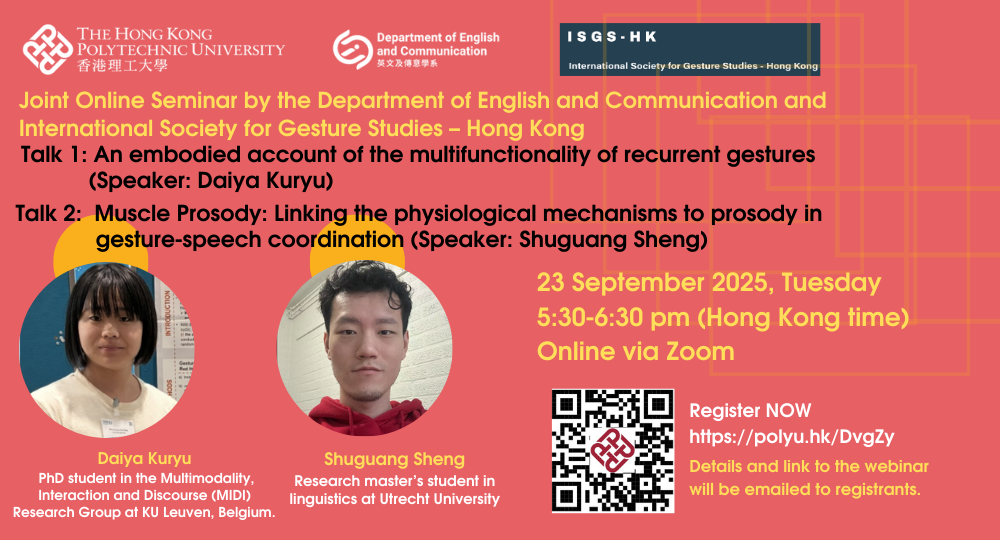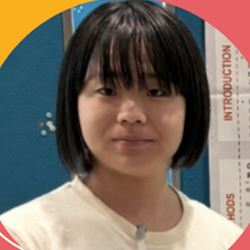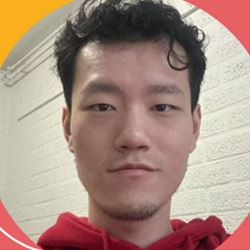Joint Online Seminar I Two Talks on Gestures
Seminars / Lectures / Workshops

-
Date
23 Sep 2025
-
Organiser
Department of English and Communication and International Society for Gesture Studies - Hong Kong
-
Time
05:30 - 06:30
-
Venue
Online via Zoom
Speaker
Daiya Kuryu
Shuguang Sheng
Summary
Abstract of Talk 1
Over the past few decades, gesture researchers have shown growing interest in the idea that certain gestural forms are conventionally associated with specific, yet not too narrow, semantic and pragmatic meanings. These gestures are referred to as ‘recurrent gestures’ and are argued to be grounded in bodily experiences, including instrumental actions and the perception of movement. In this talk, focusing on a specific recurrent gesture––the Two-Handed Alternation gesture on the Sagittal axis (2HAS)––I demonstrate how two different embodied motivations, namely instrumental action (corresponding to mimetic schema) and movement pattern (image schema), converge in the specific kinetic pattern of
2HAS, giving rise to its multifaceted meanings.
Abstract of Talk 2
In human communication, gesture and speech are often temporally related. Specifically, the most prominent moment of a gesture, either the stroke (the interval of the most prominent articulator movement) or its apex (the kinematic goal of the stroke), tends to align with prosodically prominent units of speech, including the focused word, the lexically accented syllable, and the fundamental frequency (F0) peak. While traditional linguistic theories often attribute this synchronization to cognitive coordination through cognitive mechanisms, recent findings suggest that biomechanical constraints may also play a significant role. Kinematic and kinesiological research point to a gesture-speech physics account, proposing that physiological factors such as shared musculature and bodily momentum may drive the coupling of gesture and speech. An important reconciliatory step forward for these lines of research would be to study coordination and kinesiological mechanisms together during prosodically functional gesture-speech coupling. Hence, in this talk, I will introduce our ongoing project exploring how the kinesiological coupling between gesture and speech is coordinated with respect to prosody and focus.
Keynote Speaker

Daiya Kuryu
PhD student in the Multimodality, Interaction and Discourse (MIDI) Research Group at KU Leuven, Belgium
Daiya Kuryu is a PhD student in the Multimodality, Interaction and Discourse (MIDI) Research Group at KU Leuven, Belgium. She received his MA in Cognitive Semiotics from Lund University, Sweden, where she conducted research on recurrent gestures from a cross-cultural perspective. Her research interests lie in understanding how language and gesture sediment into culturally accessible signs while retaining their pan-human foundation in embodiment.

Shuguang Sheng
Research master’s student in linguistics at Utrecht University
Shuguang Sheng is a research master’s student in linguistics at Utrecht University. He is currently working on the thesis project under the supervision of Prof. dr. Aoju Chen (Utrecht University) and Dr. Wim Pouw (Tilburg University). His research interests lie in multimodal communication, with a focus on gesture-speech coordination.




